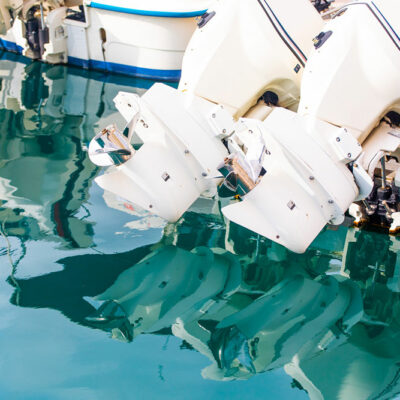
Must-have equipment for a safe boating experience
As boating enthusiasts prepare to set sail, the significance of a well-equipped vessel cannot be overstated. Each item is vital, from safeguarding lives to ensuring accurate navigation. With these essentials at hand, boaters can embark on their journeys with confidence and the ability to tackle any challenges they may encounter on the water. Regular maintenance and familiarity with equipment are the cornerstones of safe boating. Let’s look at some of the must-have tools for boaters. Safety gear Life jackets Beyond their primary function of ensuring buoyancy in emergencies, life jackets offer unparalleled peace of mind. Their snug fit and secure fastening provide reassurance to passengers, allowing them to focus on the experience of boating. Inflatable options, while comfortable, do not compromise on safety as they are designed to automatically inflate upon immersion. Throwable flotation devices These unassuming lifesavers hold immense significance. In times of distress, they bridge the gap between peril and rescue, offering immediate assistance to those struggling in the water. Their buoyancy provides valuable time for the arrival of professional help. Fire extinguishers Tailored specifically for marine environments, these extinguishers are reliable and effective in defending against fire-related threats. Their classification system ensures that they are equipped to combat different types of fires.
Read Article 









